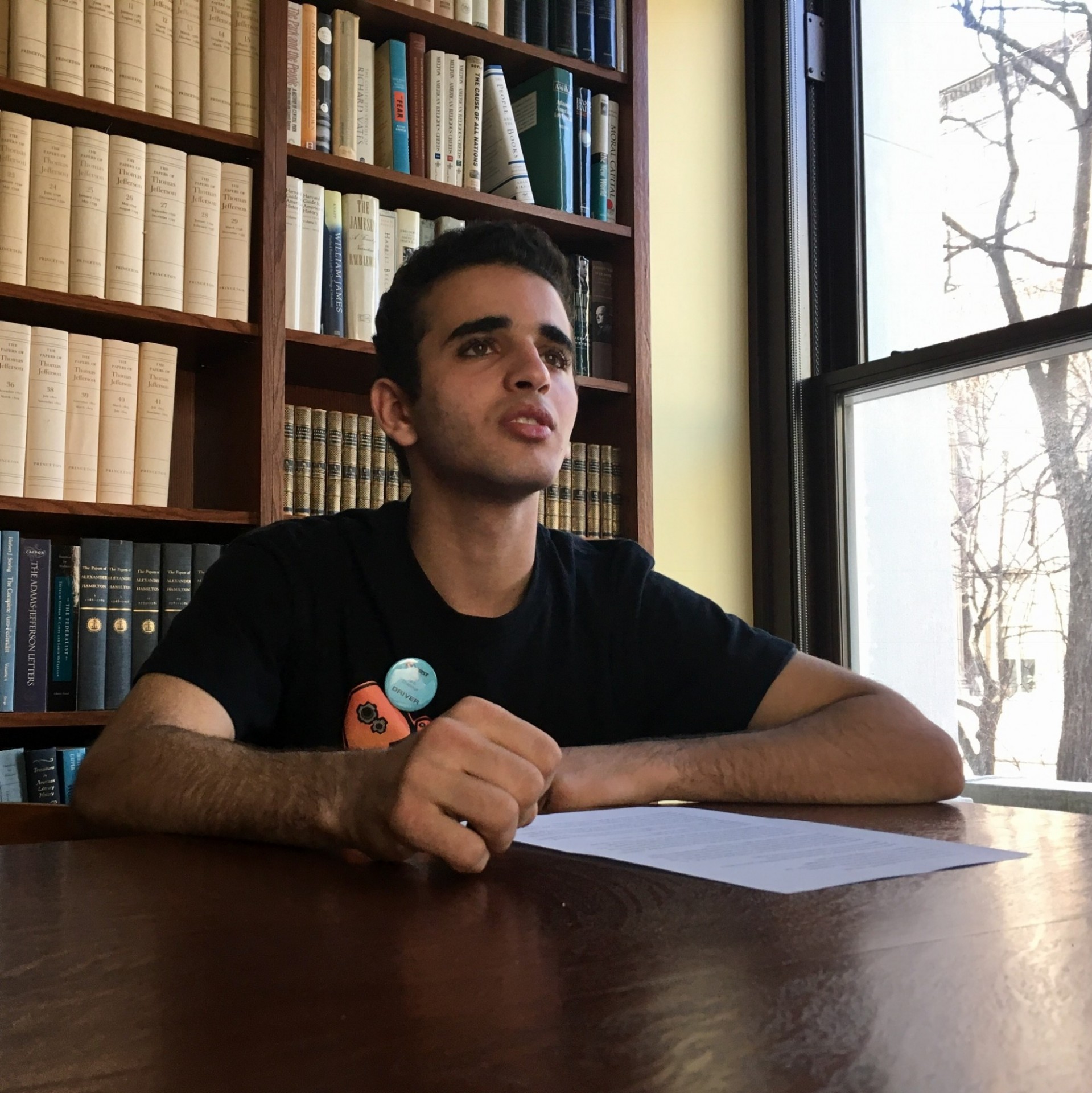A Slow Death: The American Resettlement Process

By Azal Kassem
It is striking that the United States government seeks to further restrict the entry of refugees to the country since the process of admission is already intensely complex and restraining. Many people are turned down, but there are more who have lost hope because of the long process they face in order to come to the U.S. Under Obama’s administration, 50,000- 100,000 refugees were admitted and resettled in the United States annually. However, now under Trump, fewer than 30,000 people find resettlement in the U.S. The administration of President Trump actively prevents as many refugees from coming to the country as possible.
The Department of Homeland Security has the authority to decide who can be admitted into the resettlement program in the U.S. Under U.S. law, a refugee must have a well-founded fear of persecution based on one of the five “protected grounds”:
-
Religion
-
Political opinion
-
Race
-
Nationality
-
Membership in a particular social group
These five protected grounds are some basic qualifications defined by UNHCR that determine whether one is eligible to be considered for a resettlement in safe countries. But the UNHCR cannot handle the number of refugees in the world today. There are 500,000 refugees in Jordan alone! For this process to work, other organizations get involved, such as the International Refugees Assistance Project (IRAP). IRAP connects law students with supervising attorneys to work on cases for refugees abroad. To learn more about IRAP, I talked to Colin O’Rourke Hill.
But the UNHCR cannot handle the number of refugees in the world today. There are 500,000 refugees in Jordan alone!
Colin is a student at Columbia law school. Before he came to Columbia University, he worked as a legal assistant on a case for an asylum seeker. And then he got involved in the CU Immigrant and Refugee Rights group (SIRR). Now, Colin does pro bono work for IRAP. He has worked on a case since the fall of 2015. His client is a displaced Iraqi Christian who is persecuted because of his religion and his previous affiliation with the U.S Government. He fits all the requirements for eligibility for the US Refugee Admissions Program, yet he still waits in a refugee camp in Jordan.
The process begins once the U.S refugees Admissions programs receives the applications from organizations like IRAP as well as the UNHCR. Under Obama’s administration, the process was 2 years long. But now, the Travel Ban has cancelled interviews and stalled applications -- adding months and years to the process.
He fits all the requirements for eligibility for the US Refugee Admissions Program, yet he still waits in a refugee camp in Jordan.
Colin had been working on expediting the process. After lots of skype and personal interviews to review and submit tons of paperwork and applications such as the I-130, USCIS application, USRAP applications, Colin, finally, got his client into the Refugee Program screening process 16 months ago. Yet, President Trump’s Executive orders cancelled Colin’s client’s asylum interview. It was rescheduled for months later.
Colin’s client was recognized by the USRAP as a refugee and eligible for a resettlement in the United States. Due to the issuance of the 90 days policy in October, Colin’s client can’t yet come to the United States. How much longer will he wait?
The resettlement process is torturing. Refugees are losing hope!
Their last hope is resettlement; waiting seems a slow death.
